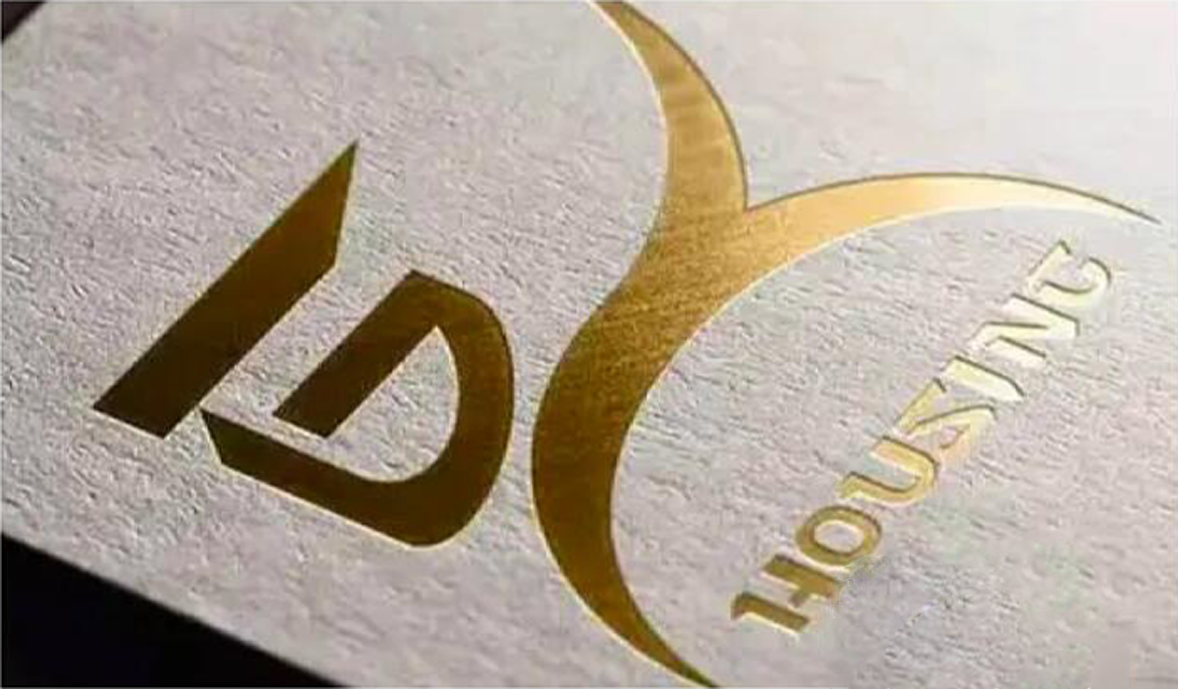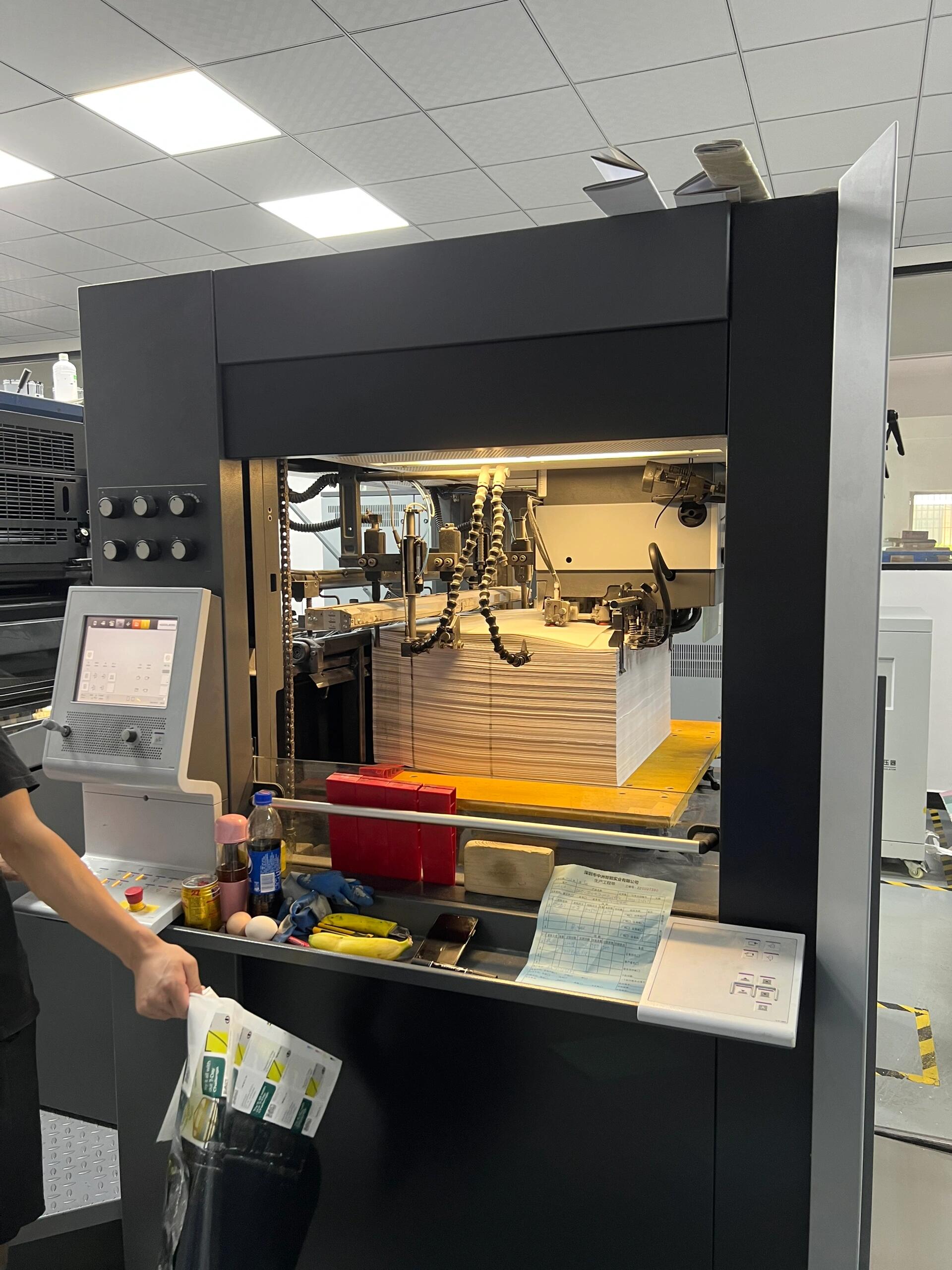Introduction
As consumer expectations for packaging continue to rise, custom boxes have become an essential part of brand presentation and product protection. Whether for luxury goods, electronics, cosmetics, or food, high-quality custom boxes not only enhance product value but also elevate brand image. So, how do you make a custom box? Below are the key steps.
1. Requirement Analysis and Design
The first step in creating a custom box is to clearly define the requirements and design direction. Companies need to determine the box's basic specifications based on the product's size, shape, weight, and display needs. The design should consider brand identity, color coordination, logo placement, and pattern design to ensure the box is not only functional but also effectively communicates the brand's unique personality.

2. Material Selection and Crafting Techniques
Selecting the right material is crucial for custom boxes. Common materials include corrugated cardboard, greyboard, kraft paper, and others, with different materials affecting the box's durability and appearance. Additionally, the choice of crafting techniques, such as hot stamping, UV coating, or embossing, can greatly enhance the box's look and feel. It's important to select the appropriate techniques based on client requirements and budget to achieve the best visual and tactile effects.
3. Production and Quality Control
Once materials and techniques are finalized, the next step is production. Advanced packaging machinery and technology ensure production efficiency and consistency. Meanwhile, strict quality control processes are vital, from material inspection to final product shipment. Every stage must ensure that the box meets strength, aesthetic, and customer requirements.

Conclusion
The process of making a custom box involves a careful balance of design, material selection, crafting techniques, and quality control. Through effective communication and precise production control, companies can provide clients with high-quality packaging solutions, enhancing brand competitiveness. Custom packaging is not just about external presentation. it's a reflection of a brand's promise and value.

